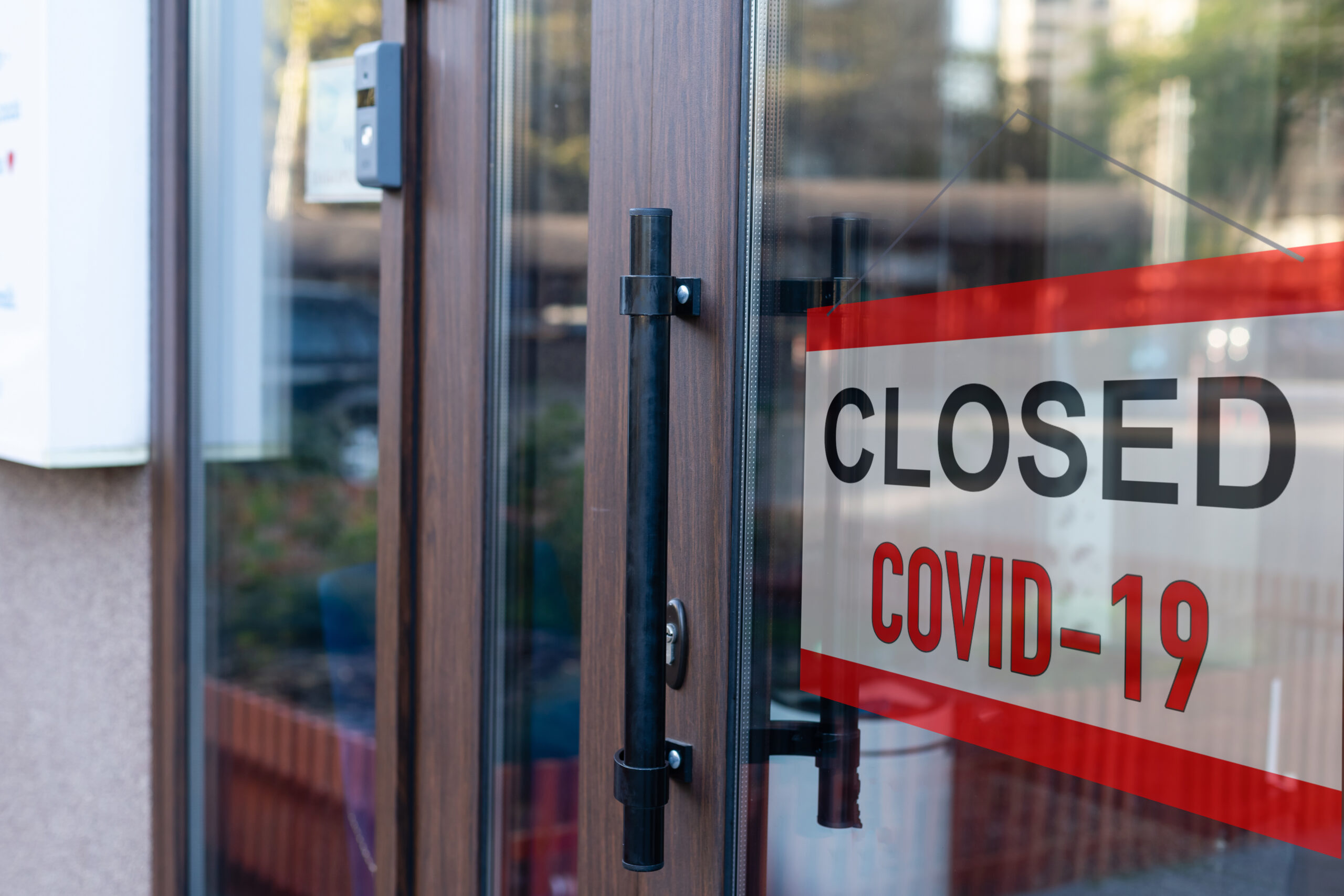As temperatures rise and extreme weather events become the new normal, climate change is reshaping more than just the environment—it’s also poised to turn the Canadian real estate market on its head. Your dream home’s value could be at the mercy of the very ground it stands on, and the air that surrounds it.
With the advent of climate risk assessments, the once steadfast maxim of ‘location, location, location’ gains a whole new dimension of urgency. You’re not just buying a property; you’re also inheriting its climate risks. How will this emerging reality affect the decisions you make about your home?
Understanding Climate Change
What is Climate Change?
When you hear the term ‘climate change,’ it refers to the long-term shift in temperatures and weather patterns. It’s often used interchangeably with global warming, but that term can be misleading as climate change includes a broader range of changes. Warmer temperatures in one area of the globe will shift the weather patterns of another, leading to an unpredictable climate.
Causes of Climate Change
The root cause of recent climate change is the increase in greenhouse gases in Earth’s atmosphere. These gases trap heat, leading to a gradual rise in temperatures. Here are the main culprits:
- Burning of Fossil Fuels: Vehicles, industry, and energy production release vast amounts of carbon dioxide (CO2).
- Deforestation: Trees absorb CO2 but are cut down for agriculture and urbanisation.
- Agriculture: Methane, a potent greenhouse gas, is emitted through livestock farming.
The Current State of Climate Change

In Canada, you’re already witnessing the effects of climate change. Temperatures are rising, and so are the instances of extreme weather events. Canadian climate is warming at roughly twice the global average rate. This accelerated warming is causing significant changes to the environment – thawing permafrost, shrinking glaciers, and more extreme weather events such as heatwaves, heavy rainfall, and heightened risks of wildfires.
Because of these changes to our climate, real estate in high-risk areas like floodplains is becoming increasingly expensive to insure and, in some cases, buyers are left with limited options. It’s crucial to be aware and assess the long-term implications of your investments, including the potential climatic challenges that could reshape the Canadian real estate landscape.
The Impact of Climate Change on Canadian Real Estate
Rising Sea Levels and Coastal Properties
Rising sea levels pose a serious threat to coastal properties. Recent forecasts project that homes of up to 300 million people could fall below the elevation of yearly floods by 2050. Canada’s extensive coastline isn’t exempt from this risk, which could lead to:
- Erosion of beachfronts
- Flooding of low-lying areas
- Saltwater intrusion
Properties close to the shore may see their values decline as potential buyers weigh the risks of coastal living. Proactive measures, like building sea walls and improving drainage systems, are essential to safeguard these investments.
Increasing Frequency and Intensity of Extreme Weather Events
Extreme weather events have become more frequent and intense, driven by climate change. This includes:
- Hurricanes in the North Atlantic
- Wildfires in drier regions
- Floods due to heavy rainfall
The impact on real estate values varies, potentially causing a short-term dip after a disaster and a long-term price deflation if areas become uninsurable.
Changes in Temperature and Energy Efficiency
As Canada’s temperatures rise, the demand for energy-efficient homes is likely to escalate. Increased reliance on HVAC systems can lead to higher energy costs. By investing in energy-efficient technologies, homeowners could cut utility bills and enhance property attractiveness. Consider:
- Solar panels
- Energy-efficient windows
- Enhanced insulation.
Shifts in Agricultural Patterns and Farmland Value
The effect of climate change on agriculture could see some regions experience:
- Altered crop viability
- Changes in precipitation patterns
- Increased pest occurrences
These shifts could lead to changes in farmland value. Areas that adapt and remain productive may see stable or rising land values, while others may suffer declines.
Changing Insurance Policies and Premiums
Insurance providers are adjusting to the realities of climate change by revisiting their policies and premiums. Homeowners may face:
- Higher premiums in high-risk areas
- Exclusions for specific climate-related damages
- Difficulty obtaining insurance
These factors could make certain properties less desirable, thus affecting their market values.
Health Risks and Implications for Residential Property Values
Lastly, health risks associated with climate change are becoming a significant concern. Issues like poor air quality due to wildfires or heat waves could influence:
- Desirability of affected areas
- Indoor air quality standards
- Demand for properties with health-focused features
Properties in areas with cleaner air and cooler climates might become more sought after, influencing regional real estate trends.
Adapting to Climate Change in the Real Estate Sector
Developing Climate-Resilient Infrastructure
In the wake of climate change, development of resilient infrastructure has become paramount for the real estate industry.
Adaptation measures, such as buying out properties at high flood risk, suggest a proactive strategy. With over 7,500 properties identified at the top one percent of flood risks, investing $1.9 billion appears costly yet is expected to save around $200 million each year in avoided damages.
Implementing Energy-Efficient Building Practices
Energy efficiency in buildings is the next step in mitigating climate impact. If you are building new homes or other buildings as part of your investment, you should consider the replacement of carbon-intensive materials like concrete and steel. Options such as heat-resistant and fire-resistant materials offer the potential for constructing properties that can better cope with rising temperatures and fire hazards. By transitioning to fire- and heat-resistant materials, the real estate sector stands to make strides in how properties consume energy and manage heat.
Encouraging Green Building Certifications
You must look at green building certifications that endorse sustainability and efficiency. These certifications provide a framework for developing properties that meet environmental standards. They are becoming a marker for quality tenants who value living in environmentally friendly spaces. Adopting these standards doesn’t just enhance your property’s image, it signifies a commitment to future-proofing investments against climatic shifts.
Incorporating Sustainable Transportation Options
Sustainable transportation options are an integral component of real estate development. Integrating transit-friendly designs encourages the use of public transportation, reducing the carbon footprint associated with personal vehicles. Features like bike storage, electric vehicle charging stations, and proximity to public transit routes are attractive amenities that also serve the broader goal of sustainability.

Investing in Renewable Energy Sources
The push for renewable energy sources in real estate is gaining momentum. Solar panels, wind turbines, and geothermal systems are all viable options that promise long-term cost savings and resilience. Energy-consciousness doesn’t stop at new buildings; retrofitting existing structures with renewables is a cost-effective way to enhance value and decrease reliance on fossil fuels.
Conclusion
Adapting your real estate investments to the realities of climate change isn’t just forward-thinking—it’s essential for long-term resilience and efficiency.
By embracing strategies that prioritize sustainability and energy efficiency you’re not only safeguarding your assets against the unpredictable nature of a changing climate but also contributing to a more sustainable and responsible real estate market in Canada. The steps you take today will define the landscape of tomorrow ensuring that the industry thrives amidst the challenges ahead.








